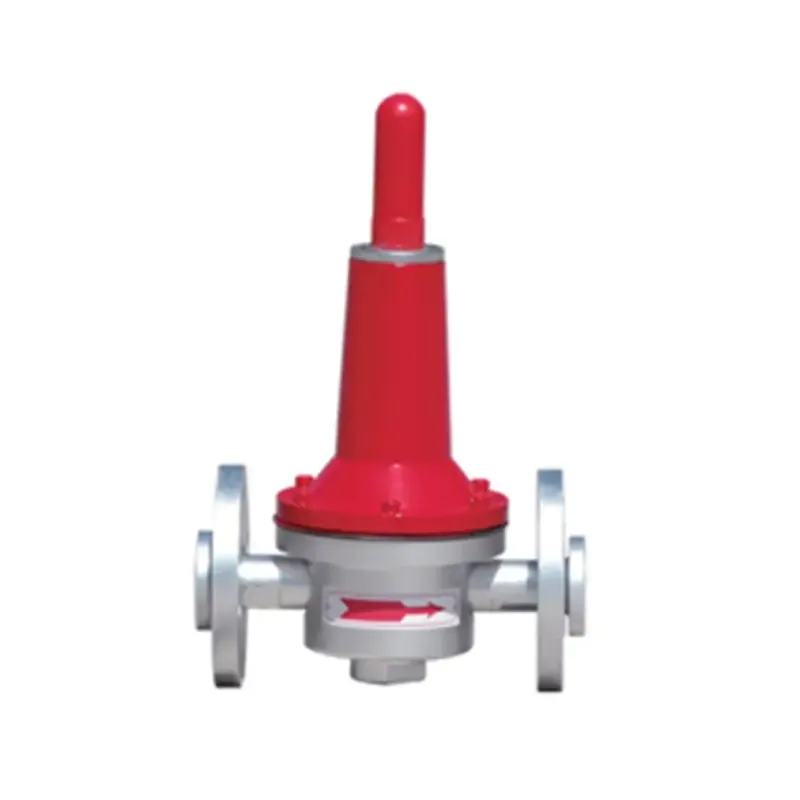
Nov . 15, 2024 23:32
Back to list
coalescing filter
Understanding Coalescing Filters A Comprehensive Overview
The concept of coalescing filters is fundamental in various industrial applications, particularly in the realm of liquid and gas filtration processes. These filters are designed to separate and remove water and particulate contaminants from hydrocarbon fuels and oils. The functionality, design, and application of coalescing filters have substantial implications for efficiency, safety, and performance in numerous sectors, including aviation, automotive, and manufacturing.
What is a Coalescing Filter?
At its core, a coalescing filter is a specialized device that utilizes the principles of coalescence to extract water droplets from liquids. Unlike traditional filters that primarily block solid particles, coalescing filters focus on merging smaller water droplets into larger ones, which can then be easily removed from the system. This is crucial for preventing water accumulation in fuel systems, as excess moisture can lead to corrosion, microbial growth, and engine performance issues.
Coalescing filters are typically composed of a series of media layers that facilitate this process. As the contaminated liquid passes through the filter, water droplets collide and coalesce, forming larger droplets that settle at the bottom of the filter housing. This separated water can then be drained off, leaving the purified fuel or oil to flow onward to its intended application.
Working Principle
The operation of coalescing filters hinges on a few key principles. Firstly, the filter media consists of a fine fibrous material that promotes the collision of water droplets. As fuel passes through, the surface tension of the water causes these droplets to adhere to the fibers. The geometry of the media plays a vital role; an optimized structure maximizes the contact surface area, enhancing the coalescence process.
After sufficient coalescence, the larger droplets become heavy enough to overcome the buoyancy of the liquid, causing them to drift downward. This gravitational effect allows for efficient separation of water from the hydrocarbon phase. Additionally, the arrangement of the media often includes stages that filter both smaller and larger contaminants, ensuring comprehensive filtration.
coalescing filter

Applications of Coalescing Filters
Coalescing filters find application across multiple industries. In aviation, for instance, they are critical to ensuring jet fuel purity, as water can freeze at higher altitudes or lead to combustion problems. Similarly, in the automotive sector, maintaining clean fuel is essential for optimal engine performance and longevity.
Manufacturing operations that utilize oils for machining or lubrication also benefit from coalescing filters by extending the life of the lubricants and reducing downtime caused by filter replacements or system failures. The pharmaceutical and food industries use coalescing filters as well to ensure that their processes remain uncontaminated by moisture, thus protecting product integrity.
Benefits of Coalescing Filters
The advantages of using coalescing filters are manifold. Firstly, they provide higher efficiency in removing water compared to standard separation methods. This leads to enhanced system reliability and reduced maintenance costs, as systems are less likely to suffer from water-related issues.
Moreover, coalescing filters contribute to improved product quality. In fuel and oil applications, lower water content translates to better performance and fewer impurities, ultimately resulting in greater operational efficiency. The ability to operate effectively in a wide range of temperatures and pressures further enhances their versatility.
Conclusion
In today's industrial landscape, where the demand for efficient and reliable operation continues to rise, coalescing filters stand out as a crucial technology. They offer not only a practical solution to the issue of water contamination in fuels and oils but also serve to enhance the overall performance of systems across various sectors. As industries evolve and seek innovative ways to optimize their processes, the role of coalescing filters will undoubtedly become even more significant, ensuring that operations remain smooth, efficient, and sustainable. By investing in effective coalescing filtration technology, companies can better safeguard their assets and improve their bottom line.
Next:
Latest news
-
Safety Valve Spring-Loaded Design Overpressure ProtectionNewsJul.25,2025
-
Precision Voltage Regulator AC5 Accuracy Grade PerformanceNewsJul.25,2025
-
Natural Gas Pressure Regulating Skid Industrial Pipeline ApplicationsNewsJul.25,2025
-
Natural Gas Filter Stainless Steel Mesh Element DesignNewsJul.25,2025
-
Gas Pressure Regulator Valve Direct-Acting Spring-Loaded DesignNewsJul.25,2025
-
Decompression Equipment Multi-Stage Heat Exchange System DesignNewsJul.25,2025

